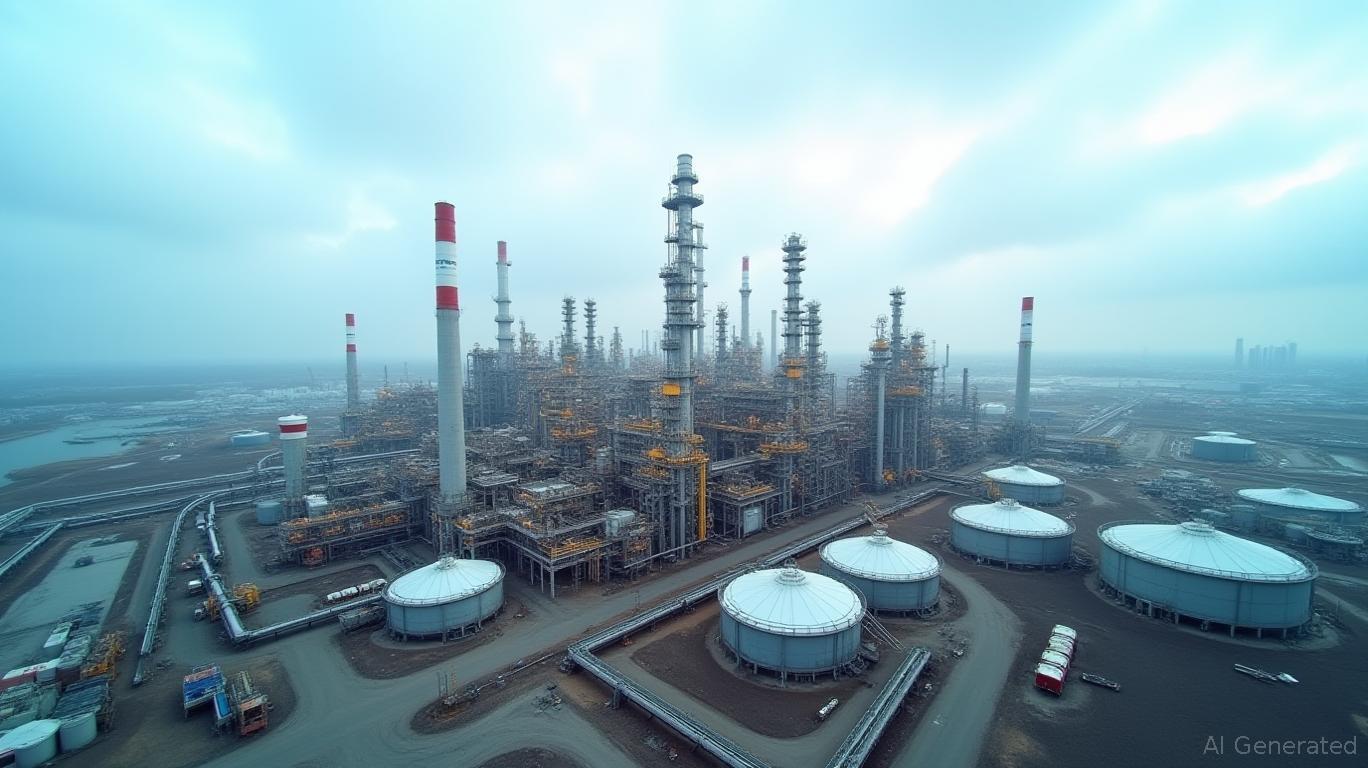
The U.S. Energy Information Administration (EIA) Crude Oil Inventory report for the week ending August 1, 2025, delivered a seismic shift in market sentiment. Crude oil inventories fell by 3.029 million barrels, far exceeding the expected decline of 1.1 million barrels and reversing the previous week’s 7.698 million barrel surge. This volatility underscores a tightening supply-demand balance, with implications rippling across energy and chemical equities.
Inventory Dynamics and Oil Price Trajectory
The unexpected drawdown signals robust demand, driven by seasonal factors and geopolitical tailwinds. For context, U.S. crude production averaged 13.337 million barrels per day over the past four weeks, while exports dipped to 3.207 million barrels per day. Meanwhile, Cushing, Oklahoma—crucial for pricing—saw a 453,000 barrel increase, hinting at localized bottlenecks.
The EIA data aligns with a broader bullish narrative: WTI crude surged 3.46% to $77.42, and Brent climbed 3.05% to $81.43 over the past five sessions. This price action reflects not just inventory shifts but also fears of potential sanctions on Russian crude, OPEC+ production adjustments, and Israel’s regional tensions.
Sector-Specific Impacts: Energy vs. Chemicals
Energy Producers: A tightening inventory environment directly benefits upstream and midstream operators. Higher oil prices amplify cash flows for E&P firms like ConocoPhillips (COP) and Chevron (CVX), while pipeline and storage operators gain from increased throughput and utilization. For example, a 10% rise in oil prices could boost E&P EBITDA margins by 15–20%, assuming stable production costs.
Chemical Firms: The sector faces a dual challenge. While higher oil prices elevate feedstock costs, the drawdown in refined product inventories (gasoline down 1.323 million barrels, distillates down 565,000 barrels) suggests strong downstream demand. However, chemical companies like Dow (DOW) and LyondellBasell (LYB) remain vulnerable to demand shocks in emerging markets (e.g., China’s weaker-than-expected growth) and margin compression from raw material price swings.
Strategic Positioning for Investors
Overweight Energy Producers: The current inventory drawdown validates a structural shift toward energy security and self-sufficiency. U.S. producers are uniquely positioned to capitalize on this trend, especially as the Trump Administration accelerates AI-driven energy innovations. Investors should prioritize companies with low breakeven costs and strong balance sheets.
Cautious Exposure in Chemicals: While the sector benefits from higher oil prices via petrochemical margins, demand volatility and input costs necessitate a measured approach. Focus on firms with diversified product portfolios and strong ESG credentials to mitigate risks.
Hedge Against Geopolitical Volatility: Given the 48-hour state of emergency in Lebanon and OPEC+’s production decisions, consider allocating a portion of energy portfolios to gold or short-term U.S. Treasuries to offset tail risks.
Conclusion: Navigating the New Normal
The EIA report is more than a data point—it’s a barometer of market psychology. The sharp inventory drawdown, coupled with geopolitical and economic tailwinds, signals a near-term bull case for oil prices. Energy producers stand to gain the most, while chemical firms require a nuanced, defensive stance. For investors, the key is to align portfolios with the new energy paradigm: a world where supply constraints and geopolitical tensions drive both opportunity and risk.
In this environment, strategic overweighting in energy and selective exposure in chemicals offer a balanced path to capitalize on the sector’s diverging trajectories. As the market digests these dynamics, patience and discipline will be the investor’s greatest allies.
